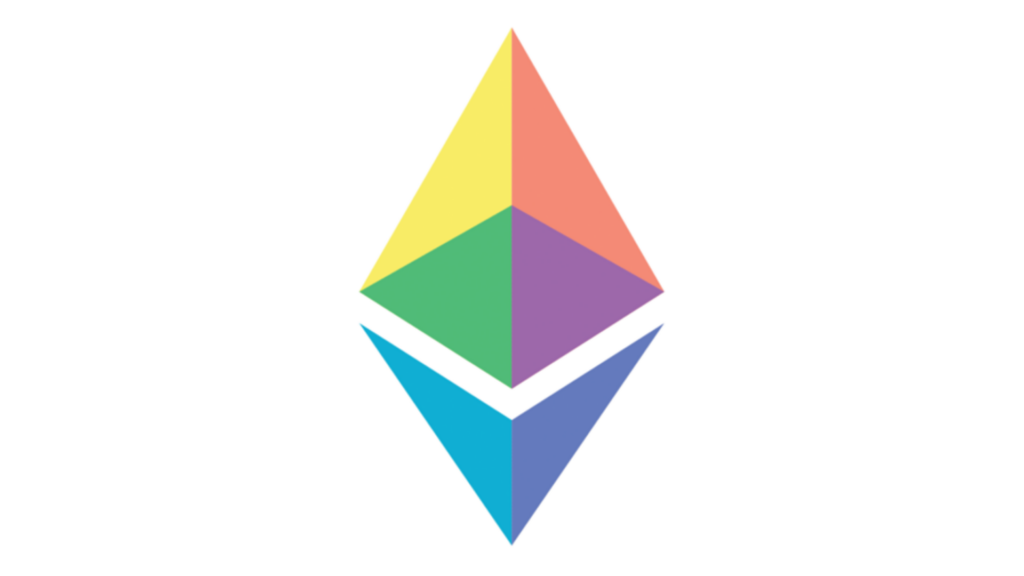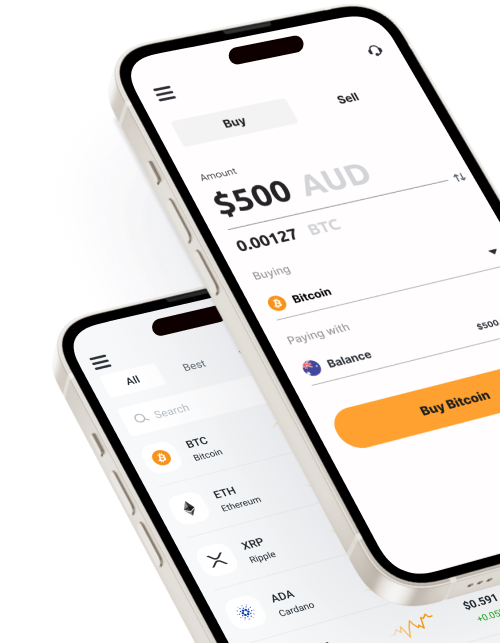
Ethereum underwent a hard fork as a result of a recent upgrade. Let’s take a look at what that means.
Previously scheduled for January 16, Ethereum again announced an impending hard fork, via a 22 February blog post, as they upgrade the protocol. The upgrades, named Constantinople and St. Petersburg, were scheduled for 28 February, give or take two days. Despite initial uncertainty, the upgrades went forward on 28 February as planned, according to Amberdata.
The upgrades lead to a hard fork in the blockchain, but what does that mean?
What is a Hard Fork?
A hard fork sounds scary but it’s happened before.
When any software upgrades, the upgrade results in a new and an old version of the software. Microsoft Word 97 is Microsoft Word just like Microsoft Word 2013, they are simply different versions of the software. Now imagine that when you type in Microsoft Word 2013 your computer is also running Microsoft Word 93. You’re only going to care about the newest software but the older software is still running. That’s kind of how blockchain updates work.
In other words, there are now two separate blockchains, the main post-upgrade chain and a still-active pre-upgrade chain. This creation of a second chain is called a hard fork. Ether holders still have the ether they had before. As a result, ether will still be generated on this chain for as long as people use it. However, it will be a form of ether that has no value to those using the new update. In rare cases, people can continue to use the pre-update chain and can continue to ascribe value to it as a new currency. This has previously happened, leading to the creation of Ethereum and Ethereum classic.
Most chains resulting from hard forks eventually die away when everyone has upgraded to the new software.
Why the Update?
According to Ethereum’s blog post describing the update, it does a couple of things. Most of them have to do with making transactions easier, cheaper and faster.
The Constantinople update allows users to interact with addresses before they are added to the chain. It also prevents Ethereum from freezing a chain before proof of stake is implemented. The update will also prioritize transactions with smart contracts, making them cheaper.
The St. Petersburg update removes a feature involved in “gas metering”. The feature was supposed to save energy by changing how some transactions are categorized. It was, in its own way, bulky and confusing.
What Do You Need to Do?
If you are a node operator or Ethereum miner, you will need to upgrade your client to continue post-upgrade. A list of links to upgrade your client is included in the blog post linked above.
If you hold Ethereum, you won’t need to do anything unless your exchange or wallet provider lets you know.
What Happens Now?
So far, the update seems to have gone according to the plan. There aren’t any reports of major wallets or nodes having trouble with the new program. There doesn’t seem to be the talk of the pre-update chain becoming its own currency as has happened in the past.
Upgrades can be strange and it’s a good idea to watch them. However, this one seems to have come and gone without incident.



